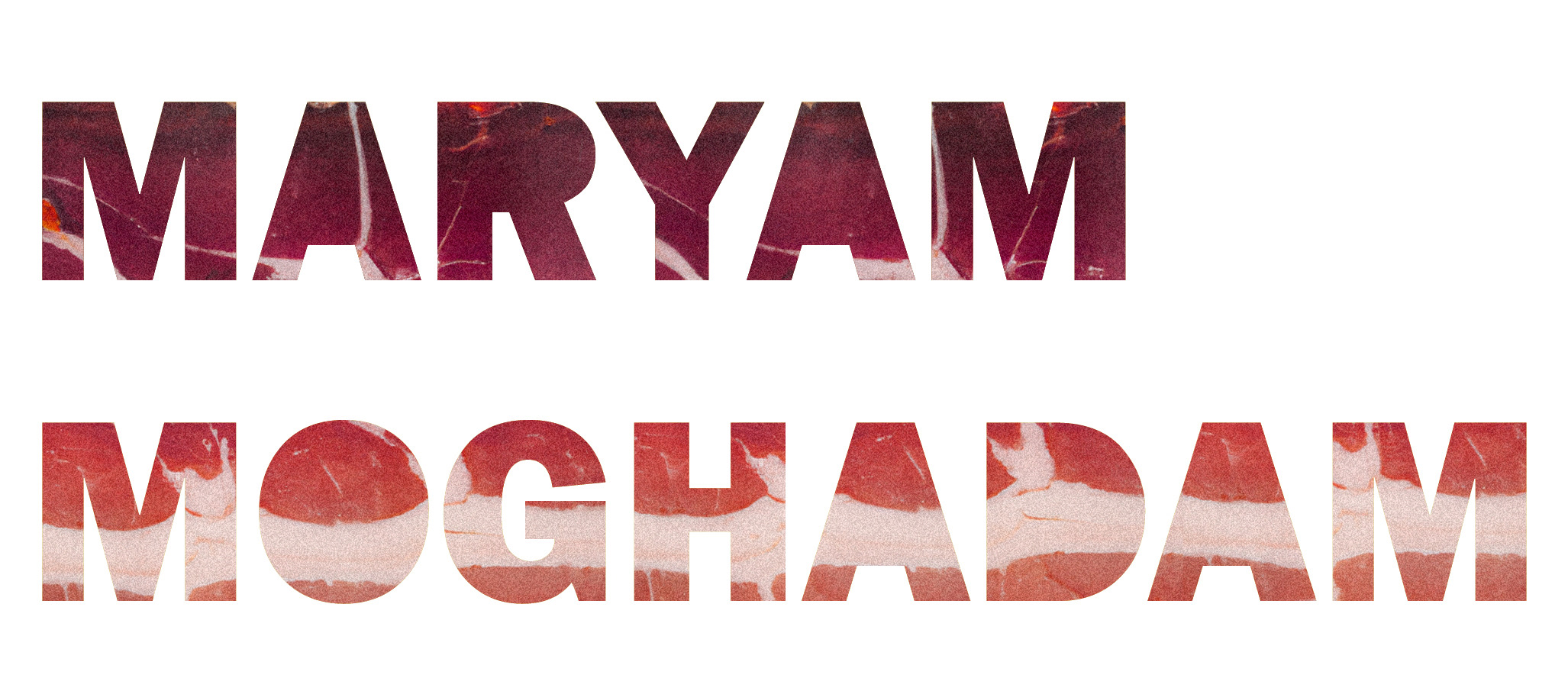Gnawing is an ashtray that embodies the paradox between message and function — a cautionary object that also enables the very behaviour it critiques. Drawing on the intent of anti-smoking campaigns from the late 1960s, it bears the grotesque markers of long-term smoking: amber-stained enamel, silver caps, and absent teeth. These details serve as a visceral warning, a message to reconsider and, ideally, resist the urge. Yet in its role as an ashtray, it simultaneously accommodates that urge, offering a place to rest cigarettes and to discard what remains. Gnawing exists in the space between advocacy and complicity, holding up a mirror to the dissonance between what we know and what we do. It reflects the complexity of human behaviour: our capacity to acknowledge harm while continuing to participate in it.
